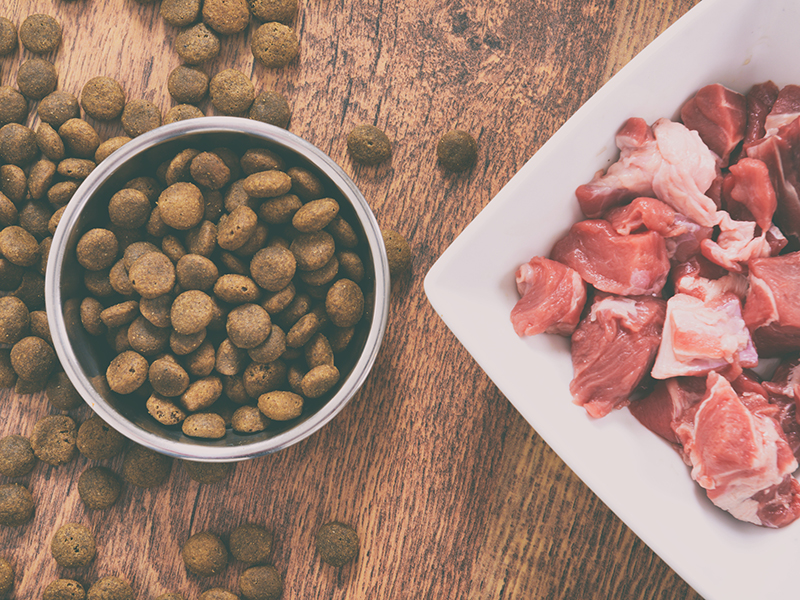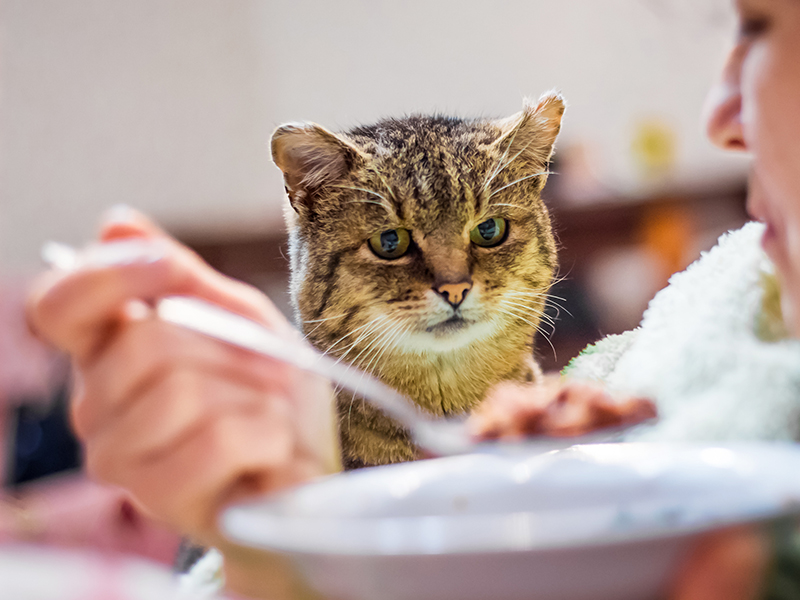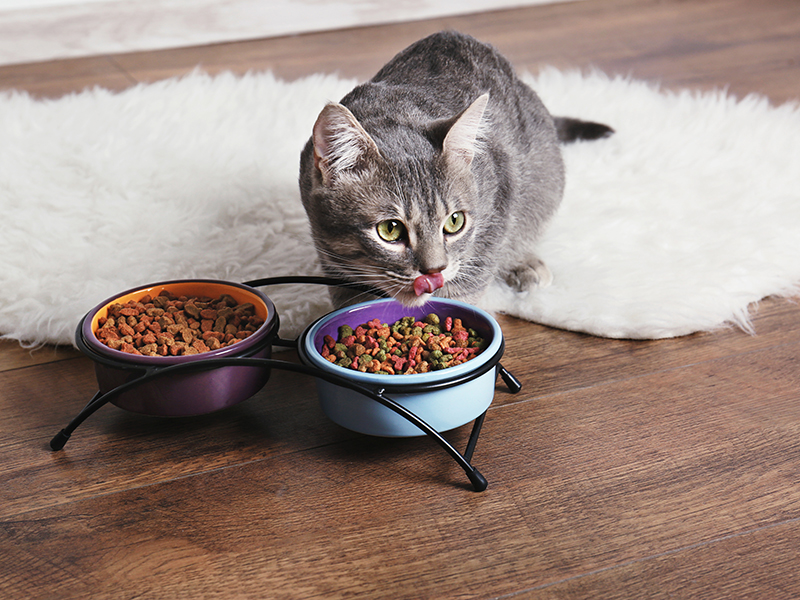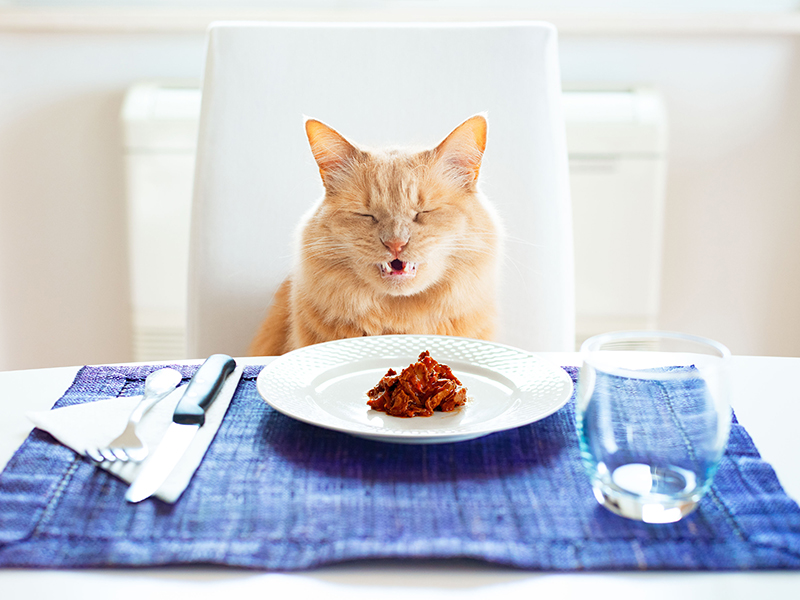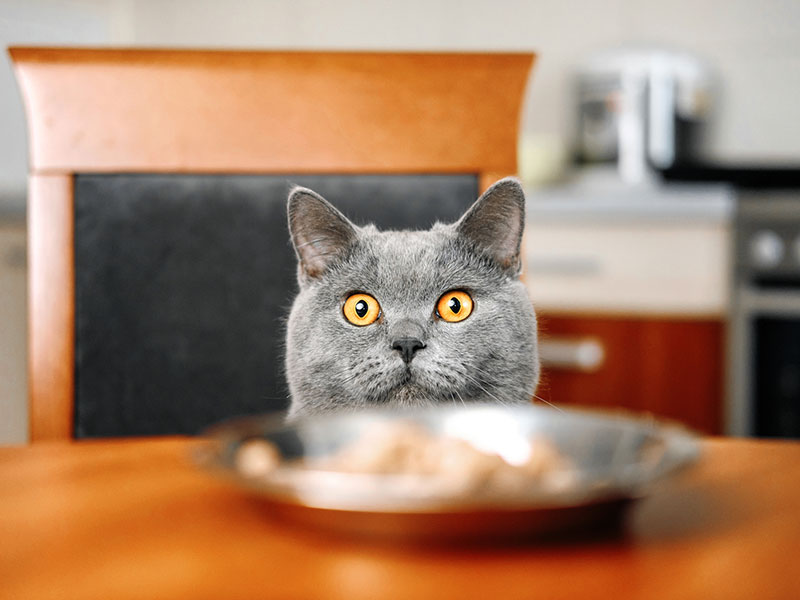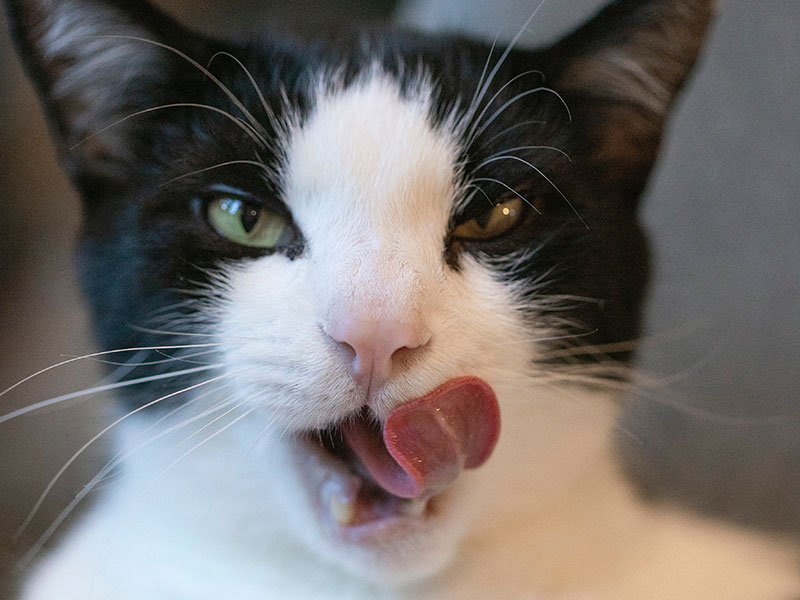Interest in how our food is made and where it comes from continues to grow. We want to know that we’re eating in sustainable ways, both in terms of our health and the environment. If it’s local, organic, and part of a balanced diet, awesome! If our meal comes with a carbon footprint and little nutrition, well, maybe we’ll save that for Cheat Day, if at all.
Just as we want transparent information about our own food, so too do we want the fine details on what our cats are eating. Being obligate carnivores, cats thrive when on a diet of fresh, high-quality animal products. They will happily take all of their vitamin, mineral, fiber, and energy requirements from good proteins and fats, making the type and source of meat a key factor in your cat’s health.
What is homemade cat food?
Unfortunately, getting clear on exactly where the meat in cat food products comes from is not always easy. Partly due to this, as well as a number of worrying news stories over the past few years, some owners have made the decision to take their cat’s mealtimes into their own hands and producing or buying homemade cat food.
Homemade cat food can be a small-batch product sold by local, mom-and-pop suppliers or recipes developed and made by individual owners. Either way, homemade foods differ from the products offered by the ‘big pet food’ industry in that ingredients and formula are not processed on a mass scale.
Raw diets
Recently, a growing number of supporters of homemade food have begun advocating a raw food diet, for both dogs and cats. According to some, raw food offers a more nutritious, and more natural option for cats, who have a much higher resistance to food poisoning and infection than humans.
A typical raw food recipe will use fresh, human-grade meat such as ground chunks of raw lamb chicken, supplemented with fats, vitamins, and minerals. Depending on the personal preferences and oral health of their cat, some owners also give their pets raw bones with some attached meat to chew on.
While free-ranging cats obviously don’t cook their prey (at least, as far as we know…) there’s little in the way of scientific evidence to support the benefits of a raw over a cooked diet. In fact, veterinarians can be wary of recommending raw foods to owners due to the risk of infection transmission to both pets and owners. Cases of Salmonella have been recorded in cats on raw food diets, as has the presence of salmonella on food bowls, even after washing with bleach.
How do you make homemade cat food?
Whether it’s a raw or traditional recipe, homemade cat food contains a lot more than grocery store meat cuts.
Cats require a range of different animal products for different nutritional needs: protein for muscle growth and repair; fats for energy and vitamin adsorption; organs for vitamins and minerals, and connective tissues and other by-products as a source of insoluble fiber.
As a result, homemade cat recipes typically combine rich protein sources with substitutes for these other essential nutrients. Fish and plant oils are a great source of Omega fatty acids, while complex carbohydrates are an efficient fiber replacer. Additional vitamins are often provided via powders and supplements.
Online recipes
Some owners look to recreate their cat’s favorite branded recipes with their own, home-sourced ingredients, while others find inspiration from the many online recipes out there.
For those looking to get into the world of homemade pet food, here’s a great, in-depth resource created by well-known advocate Lisa A. Pierson, on how to source and choose ingredients, prepare homemade meals, and ensure a safe and nutritious diet for your cat.
Is homemade cat food better than store-bought brands?
Putting together all those ingredients in a sanitary way on a regular basis is a lot of work—so, is it worth it?
How you answer that question probably depends in large part upon how you view today’s major pet food manufacturers. There has been no shortage of bad press surrounding store-bought pet food brands, from seemingly monthly food recalls to the widespread 2007 melamine contamination scandal, which led to 5,300 different products being recalled due to the presence of the toxic chemical.
As the melamine scandal showed, incorrectly produced pet foods can have large and lethal consequences. And, when three huge corporations (Nestlé, Mars, and J.M. Smucker) own nearly nine out of ten of all cat foods products on the shelves, an issue with ingredient quality or safety can have consequences that are difficult to avoid, without swearing off store-bought foods altogether.
But, it’s not all bad news for store-bought pet foods. Buying your cat’s dinner from a respected brand comes with the advantage of years of product testing and development. Most recipes are created by a team of experts according to AAFCO and state nutritional requirements. These steps ensure that every cat food product contains a minimum level of necessary nutrients, formulated in the correct ratio for your moggie.
Recreating the nutritional profile of branded cat food with home ingredients is definitely possible, but as we’ve said, it requires a large amount of work, and the right knowledge of where to source fresh, good quality ingredients. If you don’t have the time or resources for homemade foods, feeding your cat a store-brought brand is unlikely to put them at a disadvantage—as long as you make informed shopping decisions.
When selecting food products for your cat, always carefully read the ingredients label to make sure that the recipe includes a good source of protein as at least the primary (but ideally the top three) ingredients. Also look for the presence of good fats, and minor levels of carbohydrates, if any. Finally, ensure that a product fits your cat’s life stage and activity needs (e.g. active cat, kitten, senior.)
Summary
Homemade cat food can refer to owner-create recipes or small batch products.
Cats don’t need to eat choice cuts of meat, and in fact require less palatable but nutrient rich animal products, including organs and by-products.
All homemade cat foods, whether raw or cooked, must be prepared in a sanitary environments with fresh ingredients.
Manufacturers work hard to ensure their store-bought products include a balanced nutritional profile, which can be difficult to replicate at home.
Product recalls and ingredients controversies are relatively common among branded cat foods. However, you can help protect your cat’s health by carefully reading ingredients labels and doing your research on the best cat foods available to buy right now.

